Figures & data
Figure 1 1934 PUMC Animal house expansion. Top: Blueprint of animal house renovation in PUMC Building N.Footnote20 Bottom: Blueprint of animal house renovation in PUMC Building D.Footnote21 Courtesy of Rockefeller Archive Center.
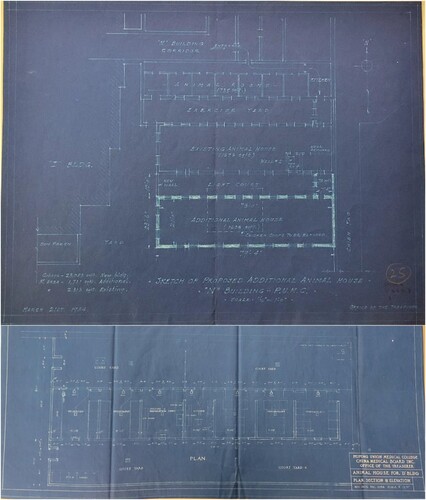
Figure 2 Lim’s vivisection experiments. Left shows experimental setup for vivi-perfusion of a dog’s stomach (Lim, Necheles, and Ni Citation1927). Right shows transplantation setup to investigate stomach secretion in a dog (Hou and Lim Citation1929).
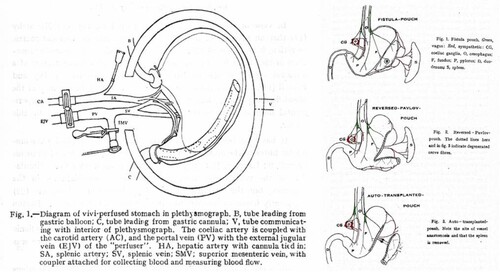
Figure 3 Lester Institute animal house. Clockwise from top left: “Rabbit room”; “Vitamin Research: Rats”; “Vitamin Research: Guinea pigs”; “Animal House: Operation Room.”Footnote30
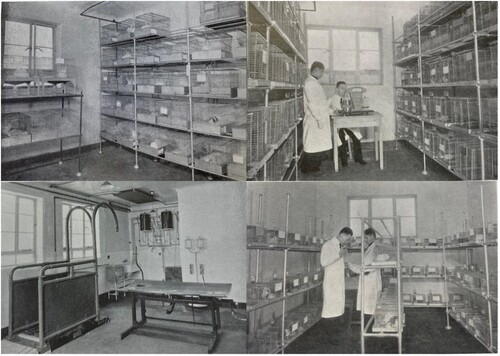
Figure 4 PUMC animal accounting. Report to PUMC Animal House committee.Footnote31 Courtesy of Rockefeller Archive Center.

Figure 5 Lester Institute experimental physiology laboratory. “Experimental physiology.”Footnote45
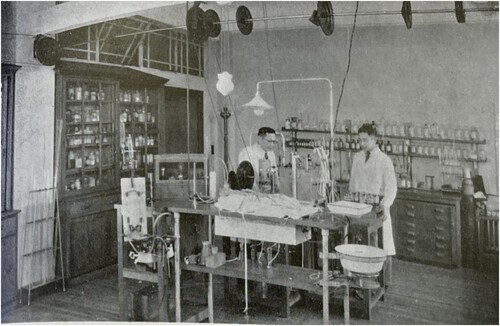
Figure 6 Animal abstraction. From left to right. Indigenous Chinese oranges, with American Sunkist orange for comparison; guinea pig used in vitamin C experiment; microphotographs of section of guinea pig incisor tooth and composite weight graphs (Hou Citation1935).

Figure 7 Animal experiments published in the CJP. Clockwise from top left: vivisection (Chang et al. Citation1937), pharmacology (Wang and Lu Citation1933), and nutrition experiments (Ni Citation1936).
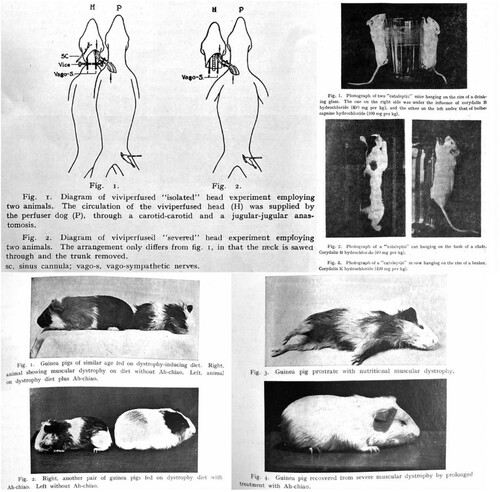
Table 1 Number and percentage of articles in the CJP that use experimental animals. I include articles where animals were experimental subjects or provided material (e.g. muscles, sera) for experiments. The majority of articles not involving animals were nutritional and pharmacological studies that only used in vitro chemical methods. Asterisks indicate years when war conditions impacted the publication of the CJP, as noted by the journal. Research, including access to experimental animals, would presumably have been impacted as well. Japan captured Peking in 1941 and publication ceased after the third issue of the year.
Table 2 Number of articles that cite the CJP. The AJP and the JPL were the flagship US and UK physiology journals published by the respective national physiology societies, while the PSEBM published on experimental biology more generally. PR, like the AJP, was published by the American Physiological Society. The table begins in 1927, when the CJP begins publication, and ends in 1941, when the CJP ceased publication. Data drawn from the Web of Science.
Table 3 Institutional affiliations of authors publishing in the CJP. When sole authors have joint affiliations with the PUMC and/or a non-Chinese institute, or when a co-authored article includes authors affiliated with either category, I count the article toward “PUMC” and “Non-China,” respectively. Asterisks indicate years when war conditions impacted the publication of the CJP, as noted by the journal. These conditions may be responsible for the uptick of “% PUMC” beginning in 1938, as less resourced and less secure institutes were unable to continue normal research operations. Japan captured Peking in 1941 and publication ceased after the third issue of the year.
